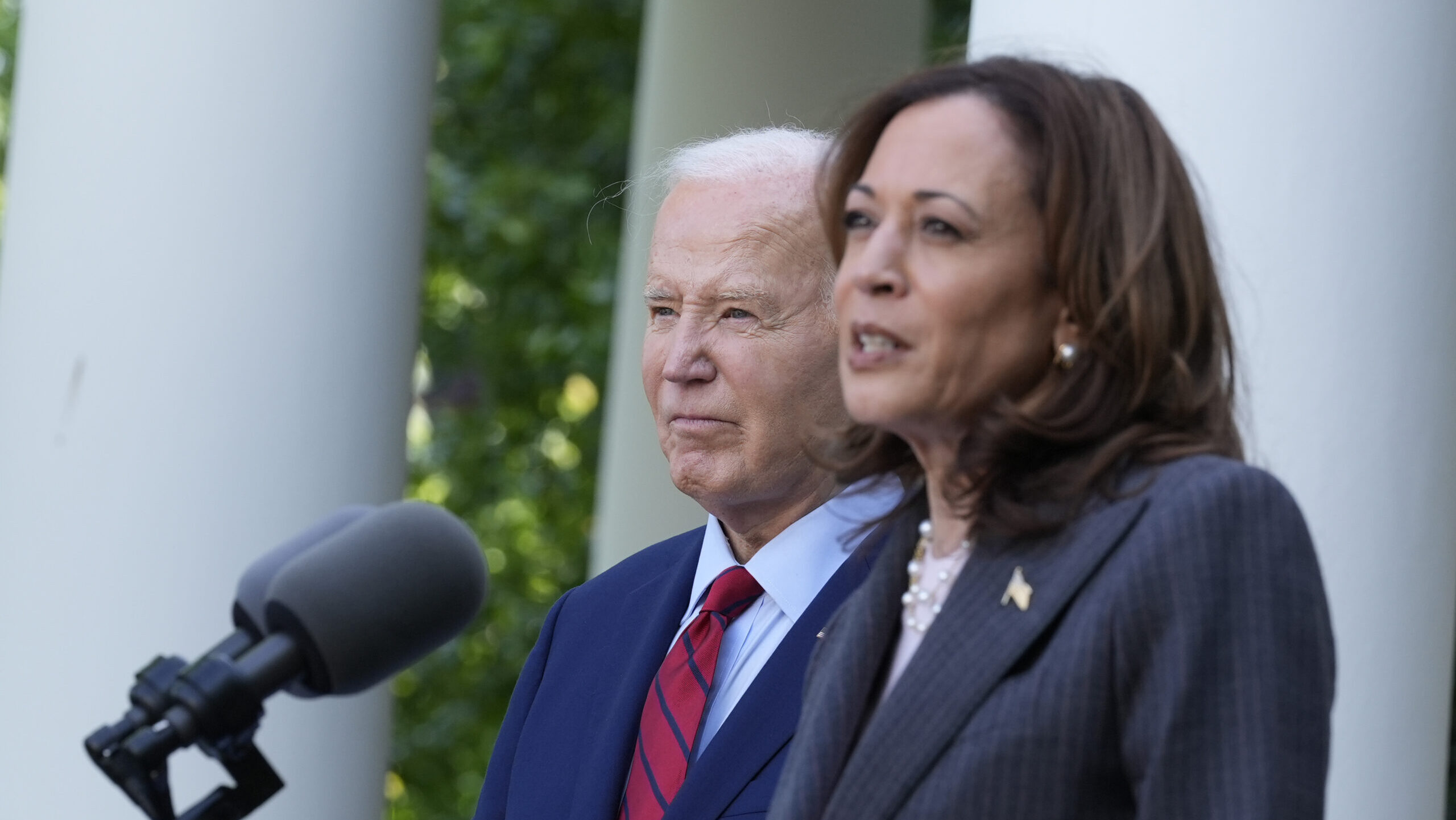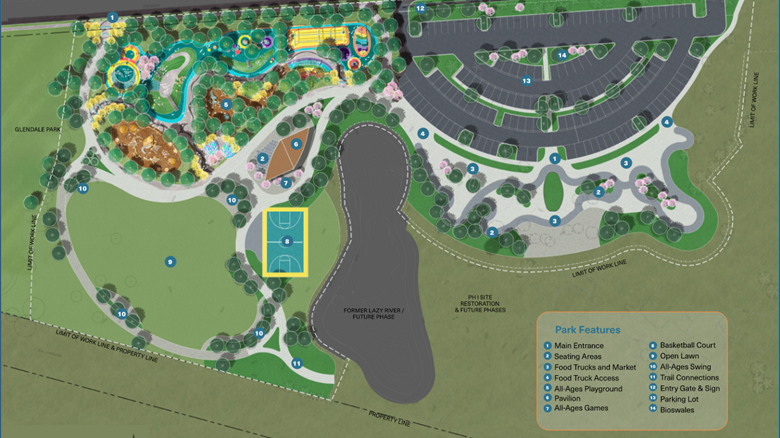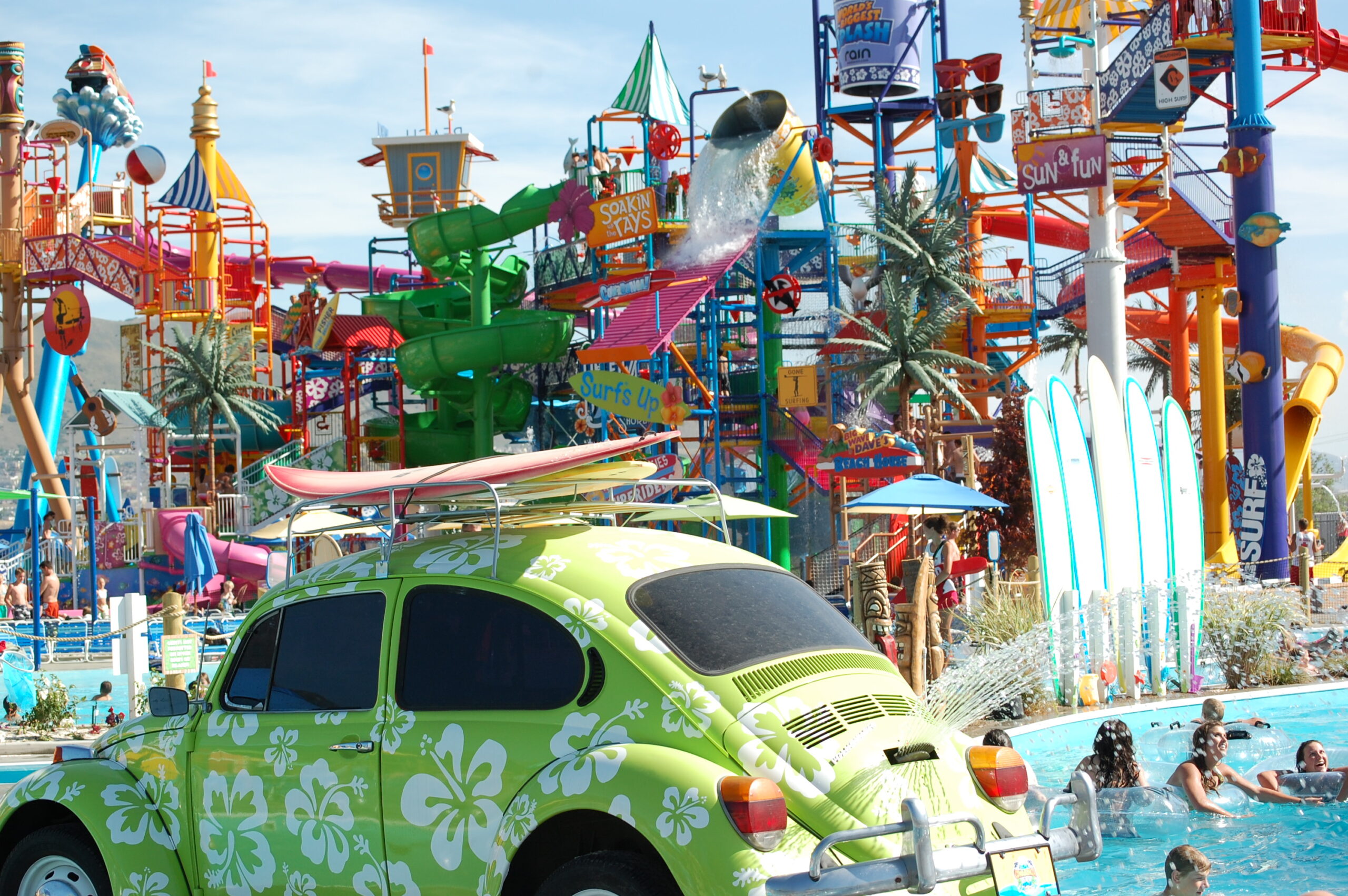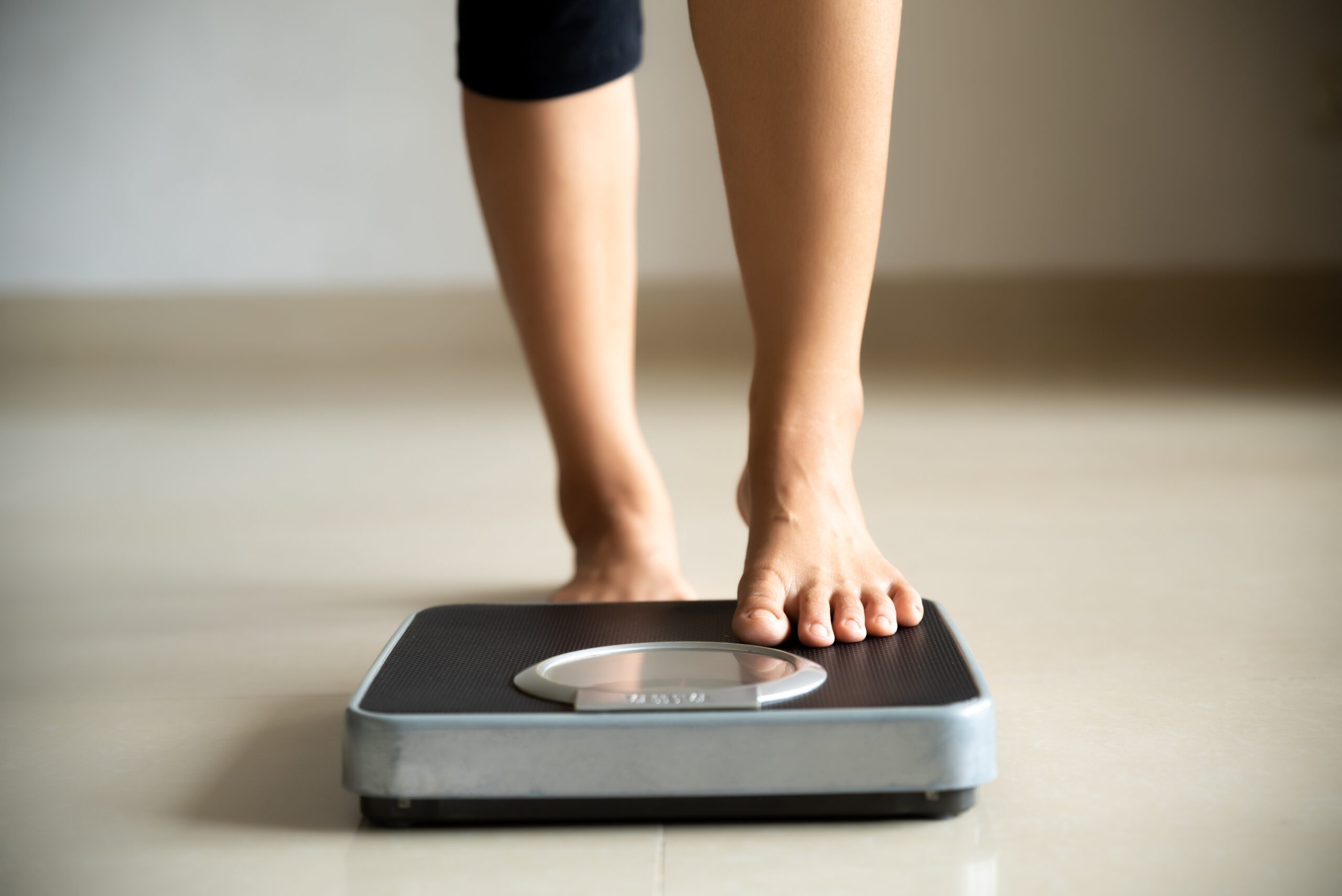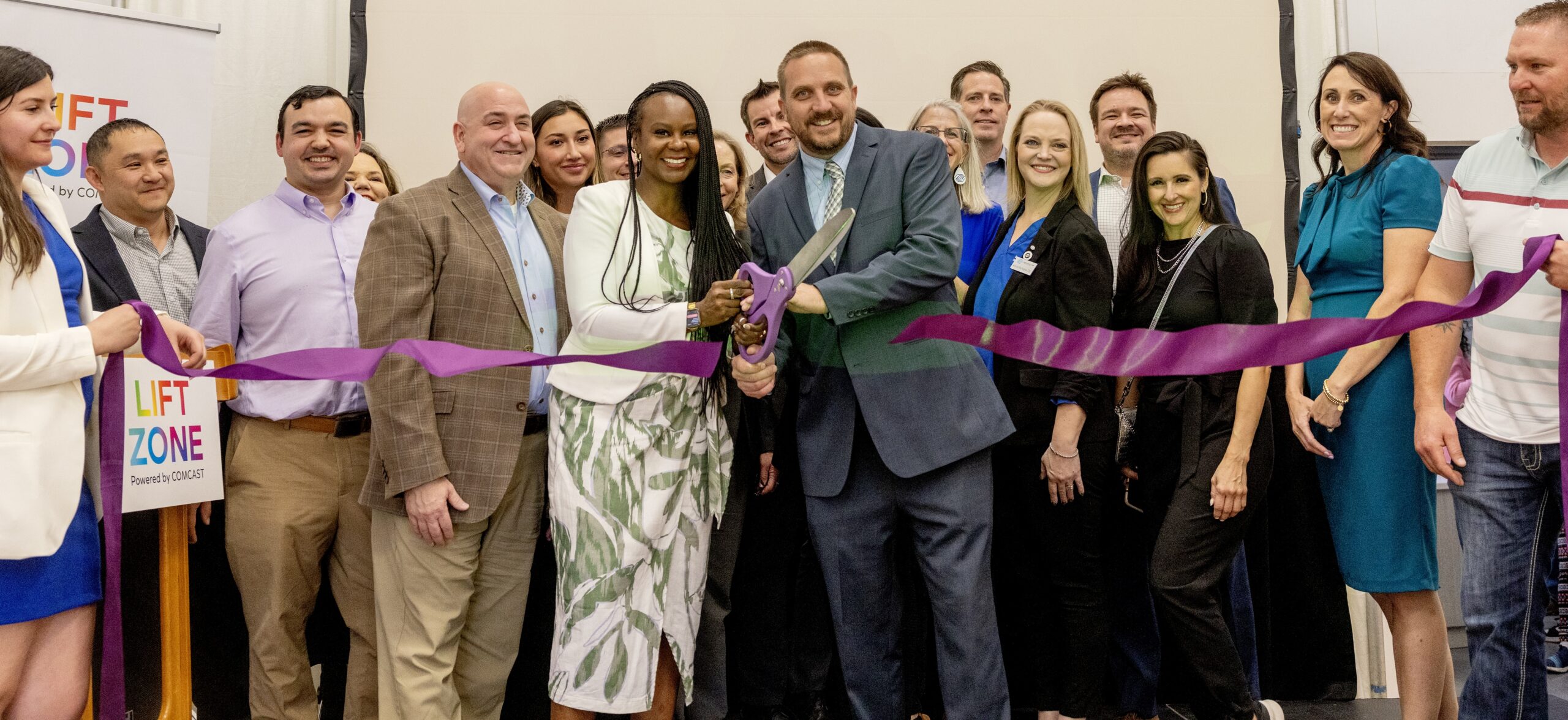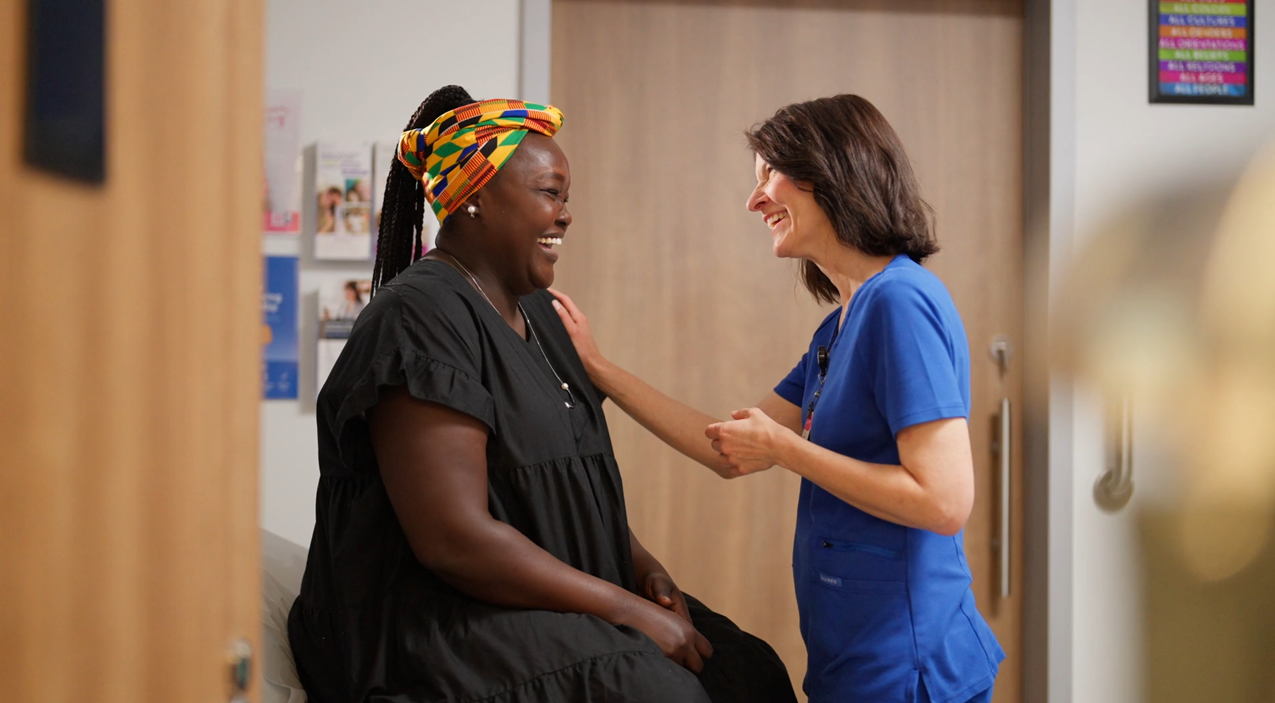Utah urban sprawl causes low public transit ridership, expert says
Jul 6, 2023, 2:00 PM

Rows of homes in suburban Salt Lake City show the widepread layout that has contributed to low public transit ridership across Utah. (AP Photo/Rick Bowmer, File)
Credit: ASSOCIATED PRESS
(AP Photo/Rick Bowmer, File)
SALT LAKE CITY — Utah’s population has grown over the last two decades. According to Utah Population Committee, it reached an estimated 3, 404, 760 residents in July 2022.
Due to the population growth, Utah has experienced urban sprawl — a term describing the expansion of cities. Urban sprawl has caused many Utahns to choose cars over public transit.
Ted Knowlton, adjunct professor of City and Metropolitan Planning at the University of Utah, spoke to KSL at Night about how the state could increase ridership.
Knowlton said the state has responded well to the population growth in Utah.
“We put in place the backbone of a great high-capacity transit system,” he added.
Knowlton said that different communities have created city centers that take advantage of the transit system. However, many people do not take advantage of transit systems because they do not feel they can efficiently reach a high percentage of destinations.
Accessibility
Knowlton explained that “if you look at how many jobs you can get to, say, within a half an hour on average by transit, and you compare that to how many jobs you can get to by car, that ratio is not very good in Utah.”
He added that public transit access to event centers such as the Delta Center, or metropolitan areas such as downtown Salt Lake City is not enough. These lines also need to reach a high percentage of destinations that people usually visit in a typical week.
Comparing how many jobs a resident can reach by car and how many they can reach by public transit reveals that people can’t easily reach as many destinations without a car.
Public transit vs. city layout
Comparing Utah to regions with higher ridership rates shows that people in those areas choose public transit options because they can get to many destinations, explained Knowlton.
Utahns prefer cars over public transit due to the layout of cities, said Knowlton.
He added that building more destinations in locations near existing stops could build ridership without necessarily having to build or implement more transit lines.
Knowlton expressed that it is important for city planners to consider how cities are being laid out, and place common destinations such as hospitals, community colleges and workplaces near public transit lines.
Related reading:
